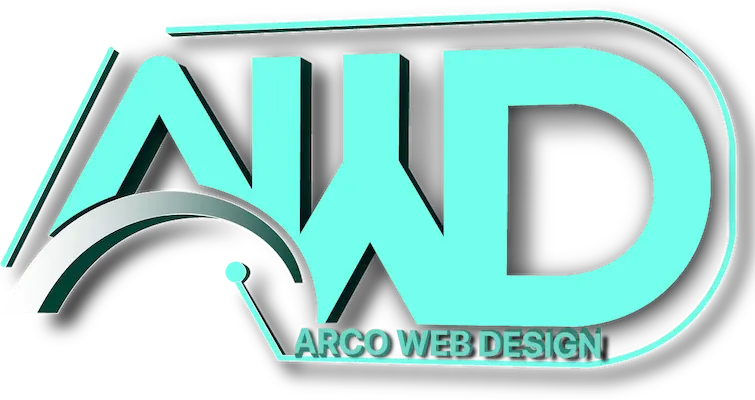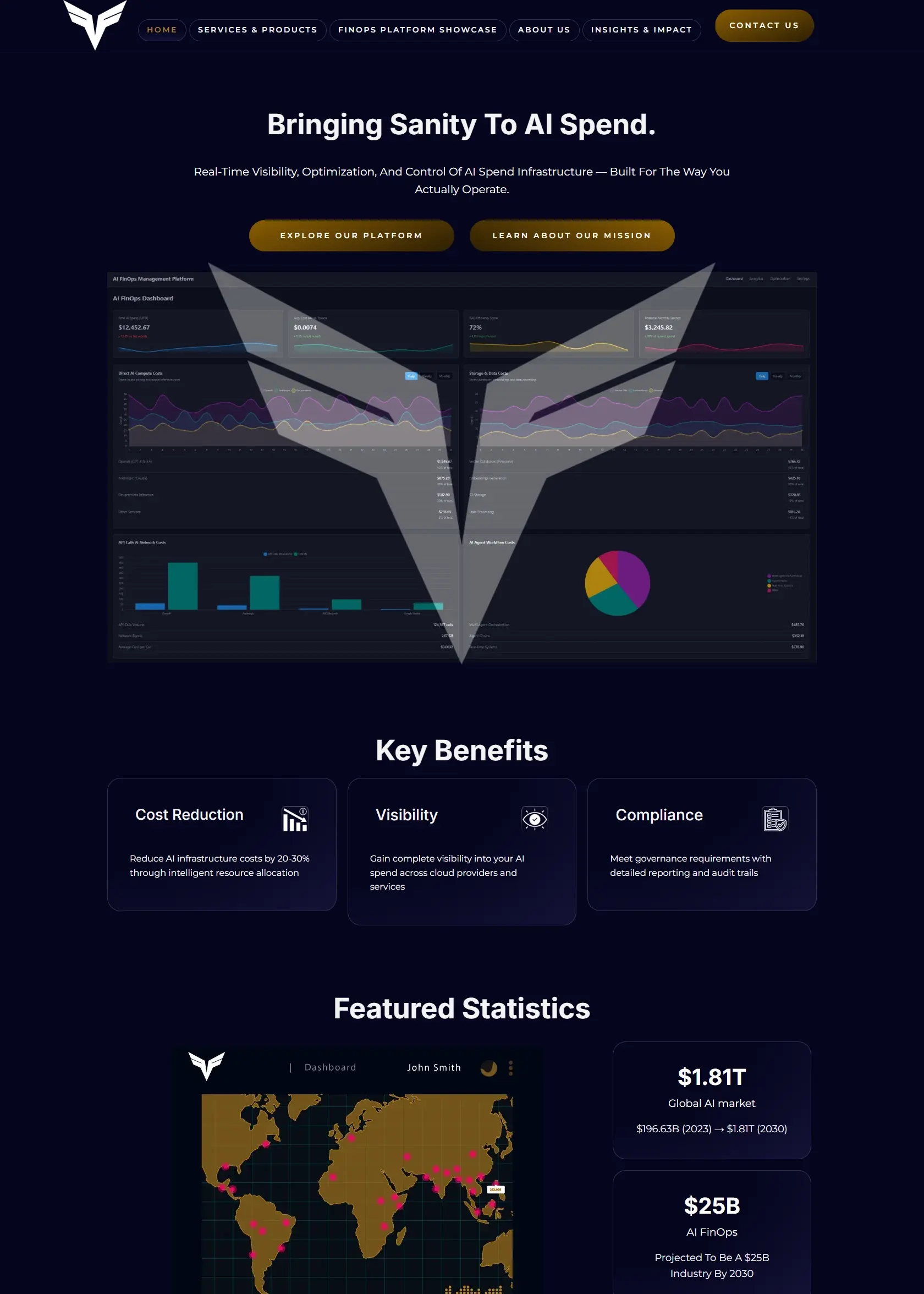SEO optimization involves making adjustments to your website or landing page to align it with SEO best practices. The goal is to optimize your site’s structure so that search engines, like Google, can better understand your content and rank it appropriately. By implementing on-page optimization techniques, you help Google identify what your website is about and how relevant it is for specific search queries.
In this article, we’ll focus on key on-page elements that have the most significant impact on SEO optimization. One of the primary factors is your title tag. This tag appears at the top of the browser and is visible both to users and search engines. It should accurately reflect the content of your page and include relevant keywords. Additionally, the description tag, while invisible to users, plays an important role in search engine rankings. Google uses it to display a summary of your content in search results, so it’s essential to write a compelling, keyword-rich meta description.
Heading tags are another crucial on-page element. They help structure your content for both users and search engines. Many businesses make the mistake of not properly implementing heading tags, which can affect their SEO. Breadcrumbs are also helpful for users to understand where they are on your site, enhancing user experience and SEO.
Lastly, integrating a sitemap is an essential part of SEO optimization. A sitemap is a list of links provided to search engine crawlers, helping them index your pages efficiently. While on-page optimization requires some basic knowledge of HTML, the techniques discussed are essential for improving your website’s rank when implemented correctly.



